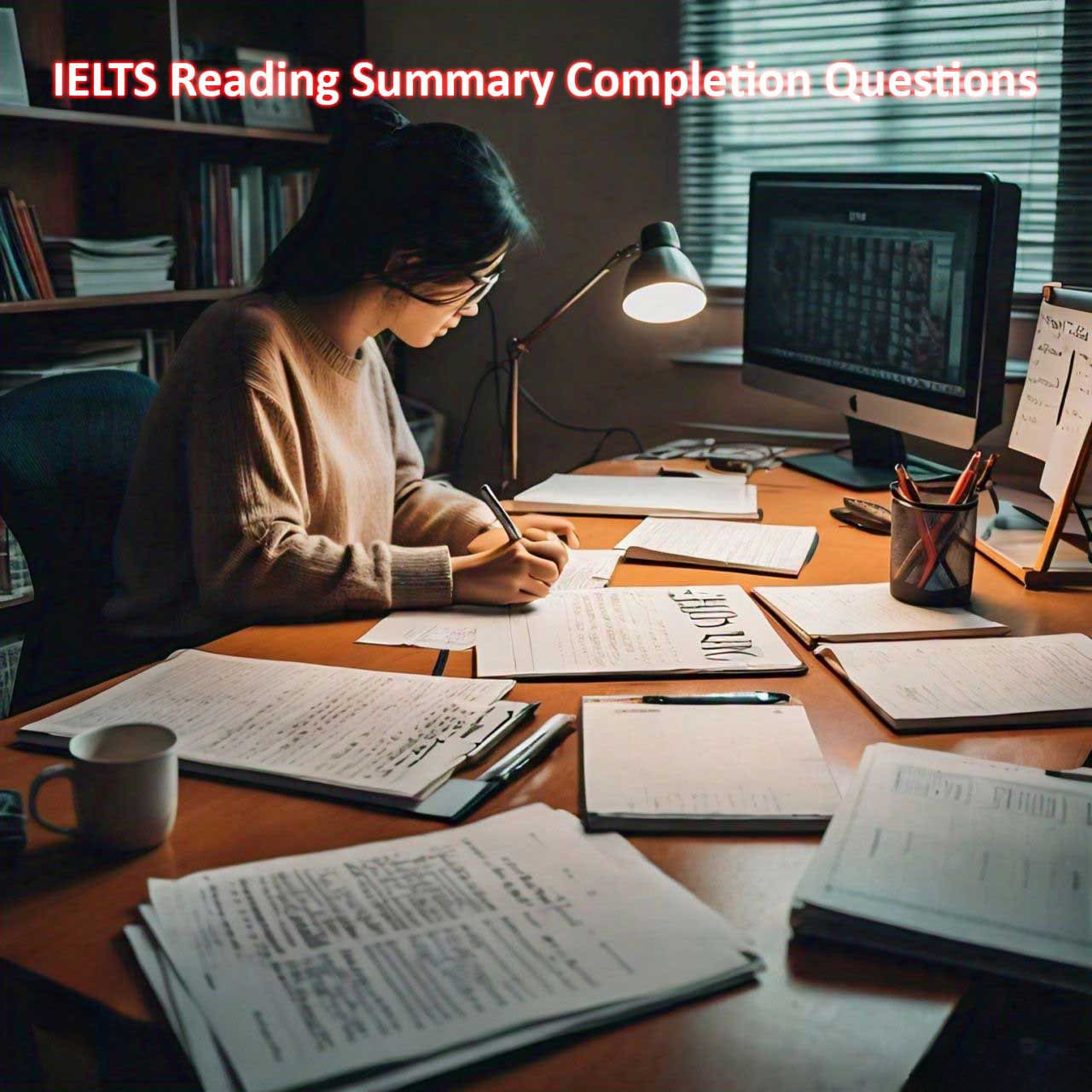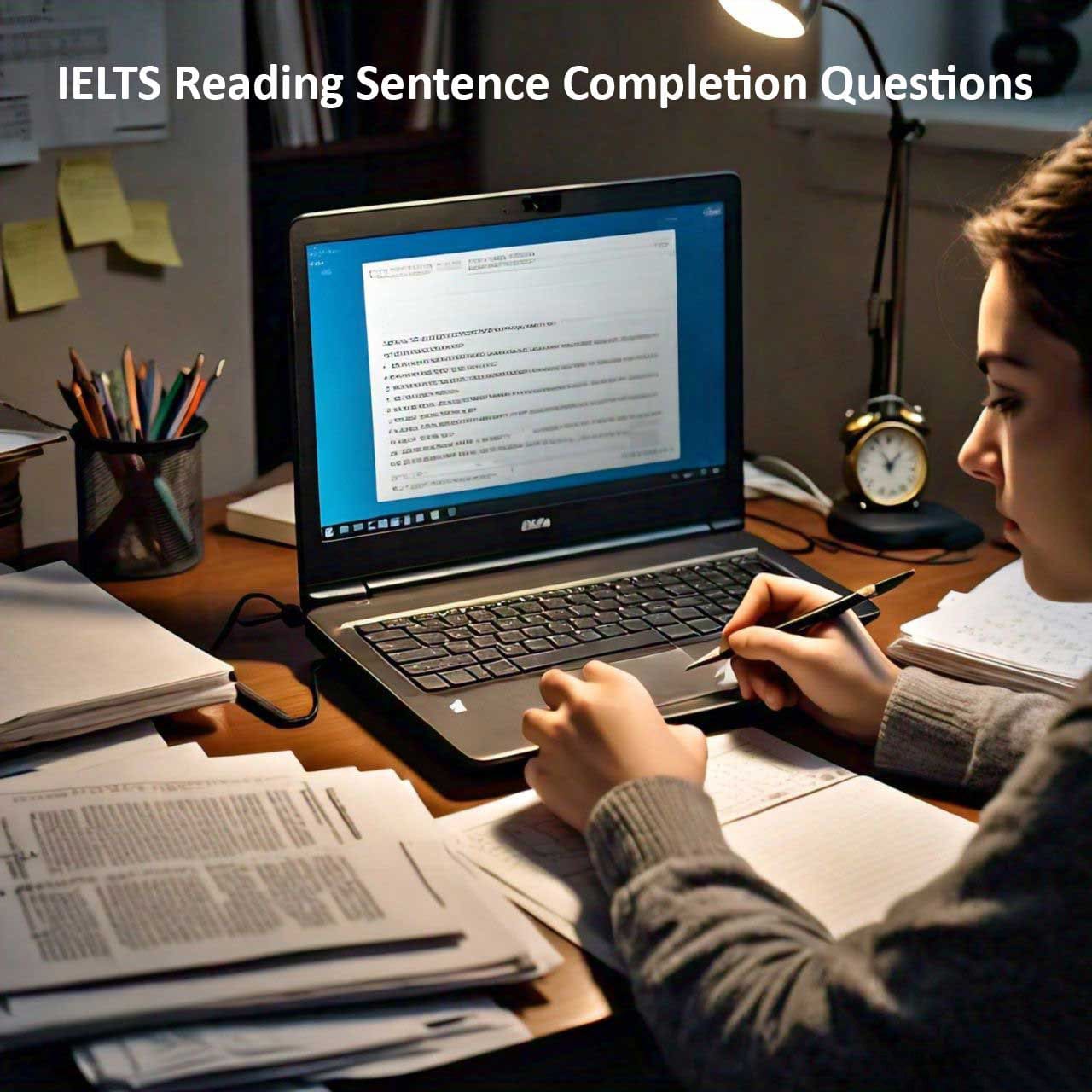The IELTS Reading section presents test-takers with a variety of question types designed to assess their ability to comprehend and analyze written texts in English. One such question type is “Matching Headings,” which requires candidates to match headings or titles to paragraphs or sections of the passage. In this blog post, we’ll delve into the intricacies of the Matching Headings question in the IELTS Reading test and provide effective strategies to help you tackle it successfully.
Table of Contents
Understanding the Matching Headings Question:
In the Matching Headings question, candidates are presented with a list of headings or titles (usually labeled with letters or numbers) and a passage containing several paragraphs or sections. The task is to match each heading with the paragraph or section that best represents its main idea or theme. Candidates must carefully analyze the content of both the headings and the passage to make accurate matches.
Strategies for Success:
1. Skim the Passage:
Before reading the headings, skim through the passage to get a general idea of its content and structure. Pay attention to key words, phrases, and the overall organization of the text. This will help you understand the main themes and identify relevant information more efficiently.
2. Read the Headings Carefully:
Next, read the list of headings provided. Pay close attention to the wording, tone, and specificity of each heading. Look for key words or phrases that may match with information in the passage. Remember that headings may be paraphrased or rephrased, so focus on identifying the main idea or theme rather than exact wording.
3. Match Based on Content:
As you read each paragraph or section of the passage, consider which heading best encapsulates its main idea or theme. Look for clues such as topic sentences, key words, or recurring themes that align with the headings. Eliminate headings that do not match the content of any paragraph or section.
4. Be Mindful of Synonyms and Paraphrasing:
The passage and headings may contain synonyms or paraphrased versions of the same idea. Pay attention to words or phrases that have similar meanings but are expressed differently. Use context clues and your understanding of the passage to make connections between headings and paragraphs.
5. Check for Consistency:
After matching each heading with a paragraph or section, review your answers to ensure they are logically and consistently aligned. Make sure each heading accurately reflects the main idea or theme of its corresponding paragraph. Double-check for any mismatches or errors before moving on to the next question.
Practice and Preparation:
– Familiarize yourself with a variety of reading materials, including academic articles, reports, and essays, to develop your ability to identify main ideas and themes.
– Practice with sample Matching Headings questions and past IELTS Reading tests to become comfortable with the format and timing of the task.
– Focus on improving your skimming and scanning techniques to quickly locate relevant information in the passage.
Conclusion:
Mastering the Matching Headings question in the IELTS Reading test requires a combination of careful analysis, critical thinking, and effective reading strategies. By skimming the passage, reading the headings carefully, matching based on content, being mindful of synonyms and paraphrasing, and checking for consistency, you can approach this question type with confidence and accuracy. Remember to practice regularly, stay focused during the test, and trust in your preparation as you tackle the challenge of the IELTS Reading section.



